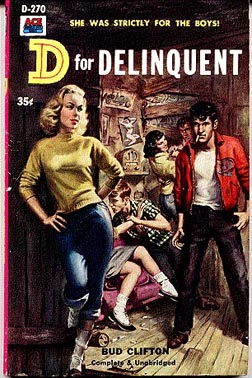I know we listened to this young girl speak in class, but her talk has resonated with me and I think she is an amazing young woman.
Tavi Gevinson is an American writer, magazine editor, actress, and singer. Gevinson came into the public at the age of 12 because of her fashion blog, called Style Rookie. Her blog featured photos of her, at eleven years old, in distinctive outfits and her opinions on the latest fashion trends. Given her blog success, she was invited to attend New York Fashion Week and Paris Fashion Week. Later, in 2011, Gevinson decided to stop writing primarily on fashion, and focus on writing about issues impacting teenage girls, through the voice of herself and other teenage girls. At the age of fifteen, she founded the magazine, Rookie Magazine, which is aimed at issues surrounding teenage girls.
In her Ted talk, she discusses the influence of media in portraying teenagers and young women. She discusses how women are portrayed in these two dimensional aspect, like cat woman. These expectations carry over to women and as a result, women are upset they are not able to achieve this "image" brought about by the media. The media has however portrayed some women that have weaknesses and flaws, and as a result are relatable. However, teenage girls are not represented in this way. Shows most recently do not show teenage girls in a relatable way like the show Freaks and Geeks. The media has taught teenage girls that they cannot be smart while also being pretty. They can't take an interest in fashion unless it is geared towards approval of men. This image produced by the media is similar to the argument stated by Raby. Raby states that five discourses: the storm, becoming, at-risk, social problem, and pleasurable consumption have been constructed by the media. The goal of her magazine is to show that teenage girls are also dimensional and that it is okay to still figure out who you are during this time of your life. I think it is amazing that Gevinson has created such a resource for young teenage girls. I am also impressed with her, and her views of social media and teenage girls. It is normal to hear adults discussion of this topic, but for her to be able to eloquently speak on this topic and to have a voice is great. Teenage voices in general are not as "loud" as adults voices are, and I find it impressive that Gevinson has used her popularity to express such flaws. The important thing I take away from Gevinson's talk is that through her magazine she is able to express to teenage girls that it is okay to not be "perfect" by the standards of the media. Her magazine is an outlet for young girls to use when going through this transition of high school, boys, and etc. My question is where was someone like this when I was going through high school and puberty?

To view more on Tavi Gevinson and her view on feminism and teenagers, visit this site.






